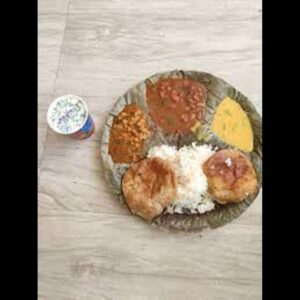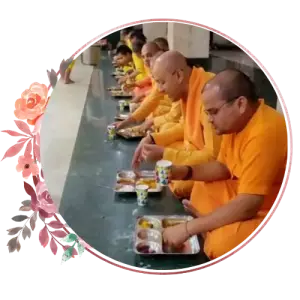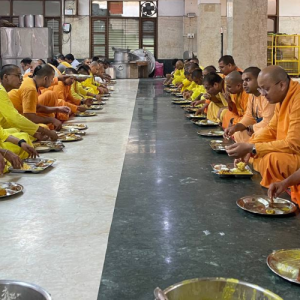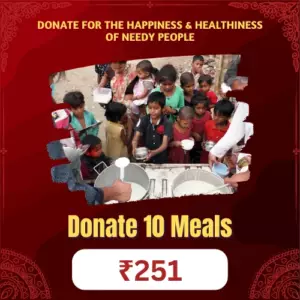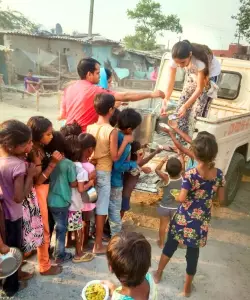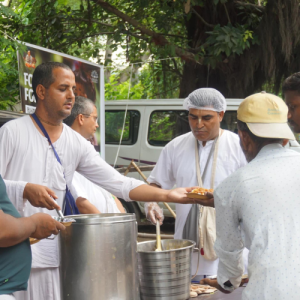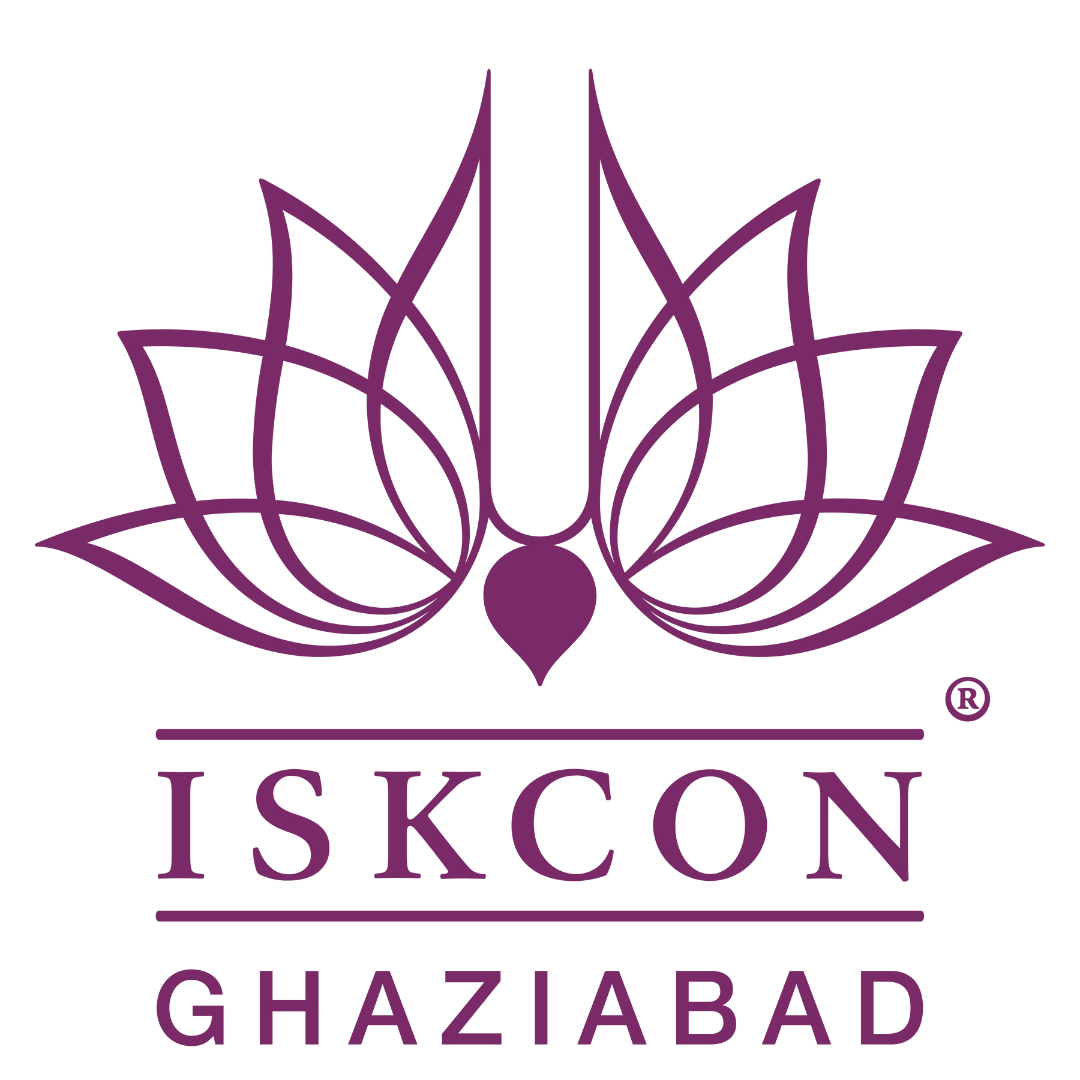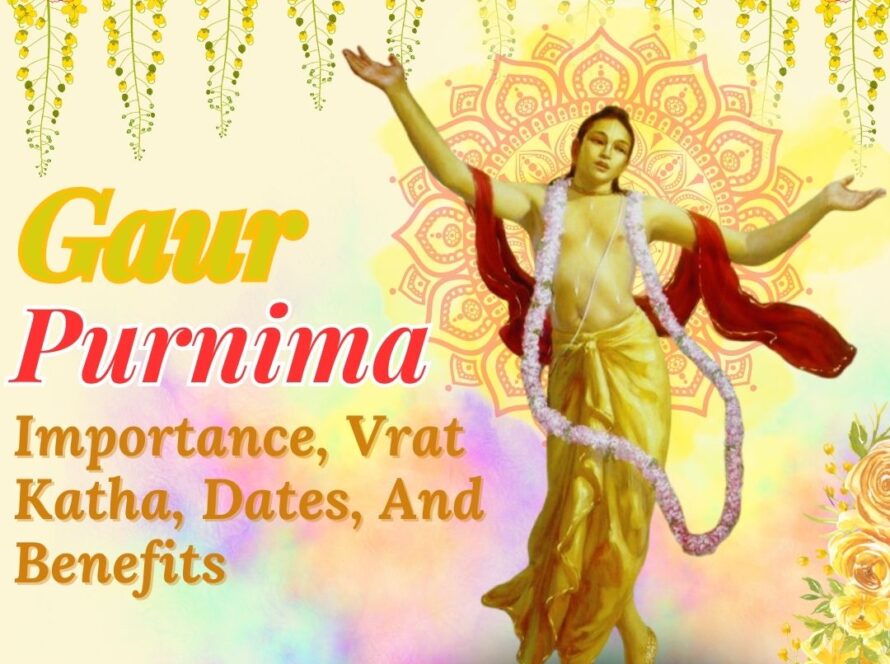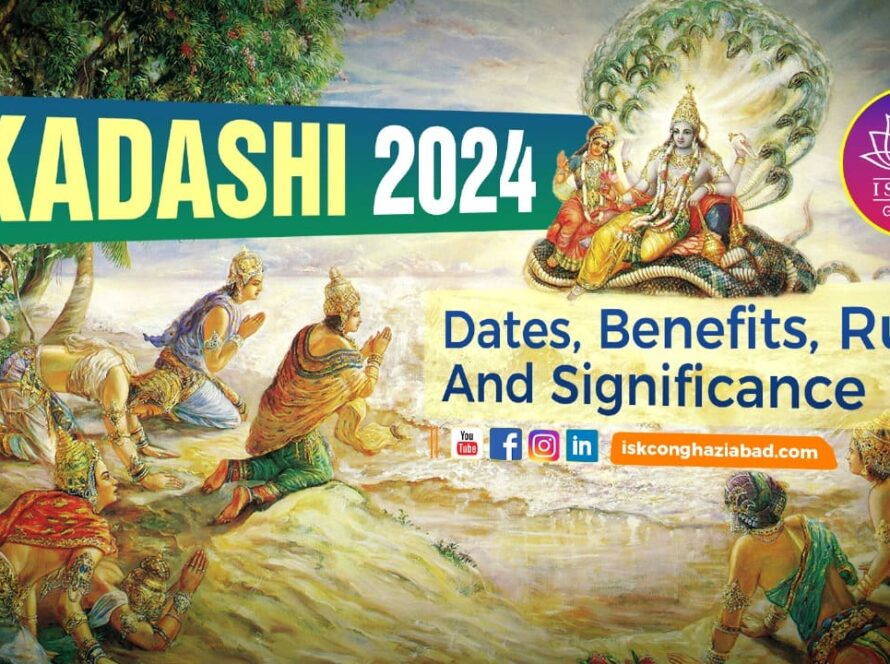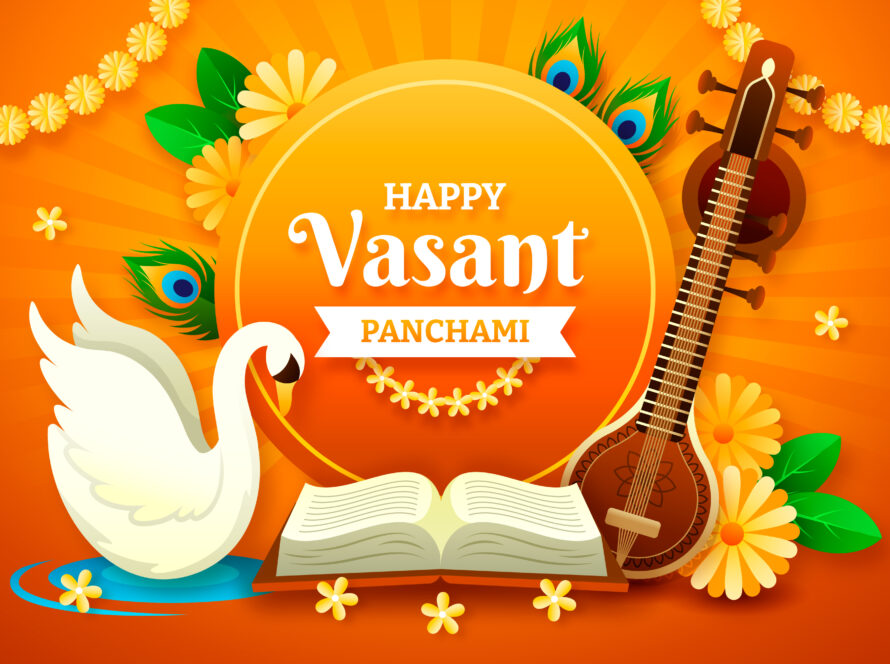Table of Contents
Holika Dahan, also called Chhoti Holi, is a Hindu festival. It marks the beginning of Holi celebrations.
On this day, big bonfires are lit. This reminds us of good winning over evil. Long ago, there lived a demonic king named Hiranyakashipu.
His sister Holika had a magic cloak that saved her from fire. Hiranyakashipu asked her to enter a blazing fire with his son Prahlad.
Prahlad’s faith in Lord Vishnu saved him while Holika burned to death. Lighting bonfires and offering prayers on Holika Dahan symbolizes the burning of evil within us.
The construction of Radha Krishna temple has started again. Help us to build Radha Krishna temple.
Donate cement and Radha Naam Bricks and receive immense blessings from Shri Radha Krishna
“He who builds or helps in building a temple will save his father, grandfather and the eight tirthas of his ancestors from going to hell” – Vamana Purana.
Get Benefit Under 80G on Donations Made at ISKCON
Significance Of Holika Dahan
Long ago, festivals had a deeper meaning beyond just fun and celebrations. They were meant to bring people closer to God and the divine.
Festivals provided opportunities for people to take a break from their worldly lives and instead focus on the Lord and His amazing deeds connected to that specific festival day. Sadly, nowadays people have forgotten this spiritual purpose behind festivals. They celebrate just for the material enjoyment and miss out on the inner enrichment festivals can provide.
The festival of Holi, celebrated on the last day of the bright fortnight in the month of Phalgun, gives us a great chance to regain what we have lost for so long – the true spiritual essence of festivals.
Let’s understand the significance of the bonfire lit on Holika Dahan or Chhoti Holi day before the main Holi festival.
The tradition of this sacred bonfire goes back thousands of years to the time of a cruel demon king named Hiranyakashipu. He considered Lord Vishnu and His devotees as his greatest enemies. Hiranyakashipu’s own son Prahlada was an ardent devotee of Lord Vishnu, which enraged the demon king. He tried his best to kill Prahlada, but Lord Vishnu protected His faithful devotee every single time.
Finally, the demon king asked his sister Holika, who had a boon making her immune to fire, to enter a blazing fire with Prahlada and burn him alive. Driven by hatred, Holika readily agreed despite it going against the conditions of her boon which prohibited using it to hurt others.
As Holika carried Prahlada into the raging fire, the Lord’s grace saved the young devotee while evil Holika burned to death despite her fire-immunity boon. This proved that faith in the Lord triumphs over all evil.
The burning of sinful Holika is commemorated every year by lighting the sacred bonfire before Holi. It symbolizes the burning away of the wicked and impure parts within ourselves through unwavering devotion to God like young Prahlada had.
The story of Prahlada and Holika has a deep inner meaning. Prahlada represents our true godly, selfless nature as souls. Holika represents the ungodly, selfish tendencies that cover our real spiritual identity.
Just like when gold is put in fire and all its impurities melt away, leaving pure shining gold, the sacred Holi bonfire symbolizes burning away our lower, artificial tendencies so our higher, essential nature can re-emerge.
When we rediscover our real self as the beloved children of the Supreme Lord, we become free from fear and full of spiritual joy. We realize we are eternal souls full of knowledge and bliss.
Prahlada survived the fire due to his firm devotion to the Lord. Similarly, by developing unflinching devotion like Prahlada, we too can successfully pass through all difficulties in life.
Just as Prahlada learned devotion from his guru Narada Muni, we can also develop devotion by taking guidance from a genuine spiritual teacher and chanting God’s holy names.
With devotional training, when we light the Holi bonfire, it will illuminate us not just externally but also awaken the sacred fire of spiritual knowledge within our heart.
Iskcon Ghaziabad distributes free meal to needy people everyday.
Join us by making a kind contribution to provide the prasadam to the needy people on the auspicious day of Holika Dahan 2024.
Scriptures mention food (prasadam) distribution as one of the most charitable acts. Food (prasadam) distribution is a tradition that dates back to ancient times. Prasadam is infused with blessings. It not only nourishes the body but it energizes the soul one with unlimited blessings of Lord RadhaKrishna
Please donate generously and do not miss this unique opportunity to receive the unlimited blessings of Lord Krishna. Contribute to help us make this this occasion very special.
AVAIL 80G BENEFITS ON THE DONATIONS MADE TO ISKCON
How To Celebrate Holika Dahan(Chhoti Holi)?
Holi is a vibrant festival of colors celebrated across India. It marks the arrival of spring and a time for new beginnings. There are many fun traditions to celebrate Holi!
The day before Holi is Holika Dahan or Chhoti Holi. On this day, people gather in the evening and light huge bonfires. They sing, dance and make merry around the fire. Burning the effigy of Holika signifies the victory of good over evil.
Early next morning on Holi, the color celebrations begin! Everyone wears white clothes which will soon become multi-colored. Both dry and wet colors are used to smear on each other’s faces and bodies. The dry colors are called abir made from natural sources like turmeric, neem, kumkum and flowers. The wet colors are made by mixing dry colors in water.
Young and old, Hindu and non-Hindu, everyone comes together in this joyous festival of colors. Even strangers hug and wish “Holi Hai!” while applying colors on each other’s faces. No one is spared from the colorful celebrations! Children especially love Holi as they get to douse everyone with colors, water balloons and pichkaris (colored water guns).
As the day wears on, people visit friends, relatives and neighbors, exchanging greetings and sweets. Thandai is the traditional Holi drink made of cooling spices, milk and dry fruits. Special Holi snacks like gujiya, mathri and dahi bhalle are prepared at home.
In the evening, people dress up again and visit friends/family for Holi celebrations with music, dance and festive food. The vibrant colors of Holi fill the air with joy and cheer, strengthening community bonds.
Sadhus are those who engage in the service of Lord Krishna and have surrendered completely themselves to Lord Krishna. They perform kirtans in temples and serve the societies by spreading the teaching of the Shrimad Bhagavad Gita.
Lord Krishna is more Pleased when sadhus are served. Kindly Donate to feed Sadhus and get the spiritual shower of blessing and success in your life.
AVAIL TAX BENEFITS UNDER 80G ON THE DONATIONS MADE TO ISKCON
Rituals of Holika Dahan
Holika Dahan is also called Holika Deepak or Chhoti Holi. It is celebrated the day before the main Holi festival. On this day, people light a sacred bonfire after sunset and perform certain rituals around it.
They collect wood and stack it neatly at a clean place, surrounding it with straw. Before lighting the fire, they offer various items like roli (red powder), unbroken rice grains, flowers, raw cotton thread, turmeric pieces, whole moong lentils, batasha (sweet candy), coconut and colorful gulal powder where the wood is arranged.
Once everything is set up properly, they chant sacred mantras and light the holy bonfire. People then circle around the burning fire five times in a clockwise direction while singing devotional songs and prayers. Circling the sacred fire is believed to purify one’s mind and body.
As they go around the fire, people pray for good health, happiness and prosperity for their families. The act of circling represents overcoming ego, greed and impurities within, just like the mythical devotee Prahlada emerged from fire unharmed.
There are also some other local traditions that families follow on Chhoti Holi day based on their region and beliefs. But the core rituals involve worshiping the purifying power of the sacred fire through prayers, chants and circling the bonfire.
